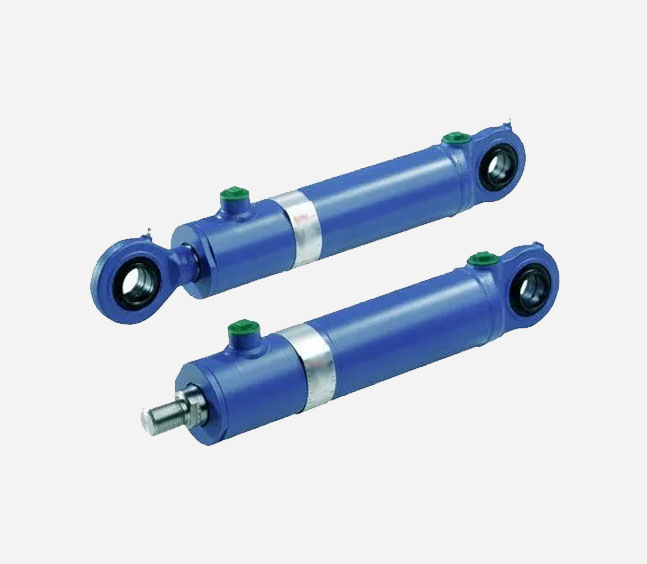


How Hydraulic and Pneumatic Cylinders Vary and what they're Used For
One of the most often utilised actuation technologies in contemporary industry is the hydraulic or pneumatic cylinder. Both varieties of cylinders transform energy into linear motion and are employed in a variety of settings, such as machinery for manufacturing, transit systems, and construction equipment. We'll discuss the variations between hydraulic and pneumatic cylinders in this blog post, as well as the various uses for each. Linear motion is produced by hydraulic cylinders by means of compressed hydraulic fluid. Usually oil-based, the fluid is housed in a cylinder with a piston that responds to changes in fluid pressure. For heavy-duty applications like construction machinery and material handling, hydraulic cylinders are renowned for their high force capabilities and accurate control.
The linear motion produced by pneumatic cylinders, in contrast, is created by compressed air. The compressed air is kept in a cylinder with a piston that responds to variations in air pressure. For uses like automation, packaging, and assembly, pneumatic cylinders are the best choice because of their speed and adaptability.
Their source of power is one of the main distinctions between hydraulic and pneumatic cylinders. It might be expensive and need additional maintenance for hydraulic cylinders to generate the fluid pressure they need. Nevertheless, pneumatic cylinders just need a source of compressed air, which is often less expensive and simpler to maintain.
The operating pressure of hydraulic and pneumatic cylinders is another distinction. Pneumatic cylinders work at substantially lower pressures than hydraulic cylinders, which limit their ability to produce large forces and fine control. Pneumatic cylinders, on the other hand, function at lower pressures, which restrict their ability to exert force but permit them to move at higher rates. Heavy-duty machinery like bulldozers, cranes, and excavators frequently utilise hydraulic cylinders in their design.
Pneumatic and hydraulic cylinders, then, are both crucial elements of contemporary manufacturing. They differ in their power supply, operating pressure, and intended applications, but they perform the same basic task of transferring energy into linear motion. When choosing the appropriate type of cylinder for a given application, which can assist to increase, safety, cut costs, and maximizes performance, it is crucial to understand these differences.

